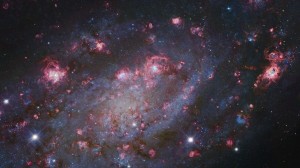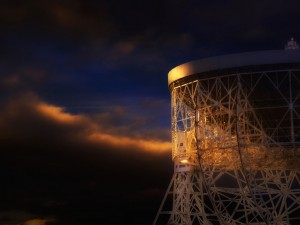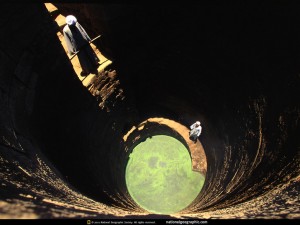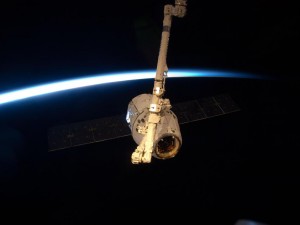
Liftoff of STS-7 at 7:33 a.m. EDT on June 18, 1983. Photo credit: NASA
I would have loved to provide a glossy HD wallpaper of STS-7 in honor of Sally Ride’s first flight into space. Unfortunately, high-def images were almost non-existent in 1983 and I don’t have it in me to search for them (only a masochist runs a Google image search on the words “Space Shuttle Challenger”.) The image above links to NASA’s image gallery for Sally Ride and that’s going to have to do for now. Maybe I’ll write up something more comprehensive in a couple weeks.
ETA: I’ll come back to this later, but for now let me say this: Sally Ride gave me a lot when I was in high school. She didn’t have to do that and I’m grateful for her willingness to endure the invasions to her privacy in the 1980s. At the same time, as an academic, I can’t help but note the fundamental disconnect between the continued guarding of that privacy in the 2000s and her dedication to furthering the position of girls and women in science. I’m not a scientist, I’m in an allied field—the history of astronomy, not astronomy itself. Even so, I can say that my career in science studies has been affected by the fact that I’m a lesbian. One significant example: the financial award attached to my Fulbright-Hays DDRA fellowship was less than it would have been had I been heterosexual. The straight members of my Fulbright cohort were given money to support a spouse during their tenures as fellows. Even though my partner and I had been together for fifteen years at that point, I spent my research year by myself in another country, the support for my spouse legally withheld thanks to DOMA. Every time I opened up the Fulbright handbook to look up some regulation or other, I had to page by the DOMA statement that reminded me that I wasn’t an equal to other scholars in my field (I eventually got tired of being angry and deleted that page from the handbook). No matter how good my work is (and my fellowship record suggests it’s pretty good), I’ll never be treated as an equal as long as discrimination against lgbtq is legal in the United States.
And that’s the contradiction I see in Ride’s legacy. On one hand, she tirelessly worked to move young women into the sciences. On the other hand, she appears to have left unchallenged a very real stumbling block for some of those young women (appears to have left…I can only go by what the press is giving me right now). Does that mean I’m less grateful for, less appreciative of what she did for women and the world at large? No, not at all. But I don’t think it’s going to help any aspiring scientist if we ignore the larger implications of her choices. Coming out posthumously…well, I don’t think that erases the contradiction between the two positions.









